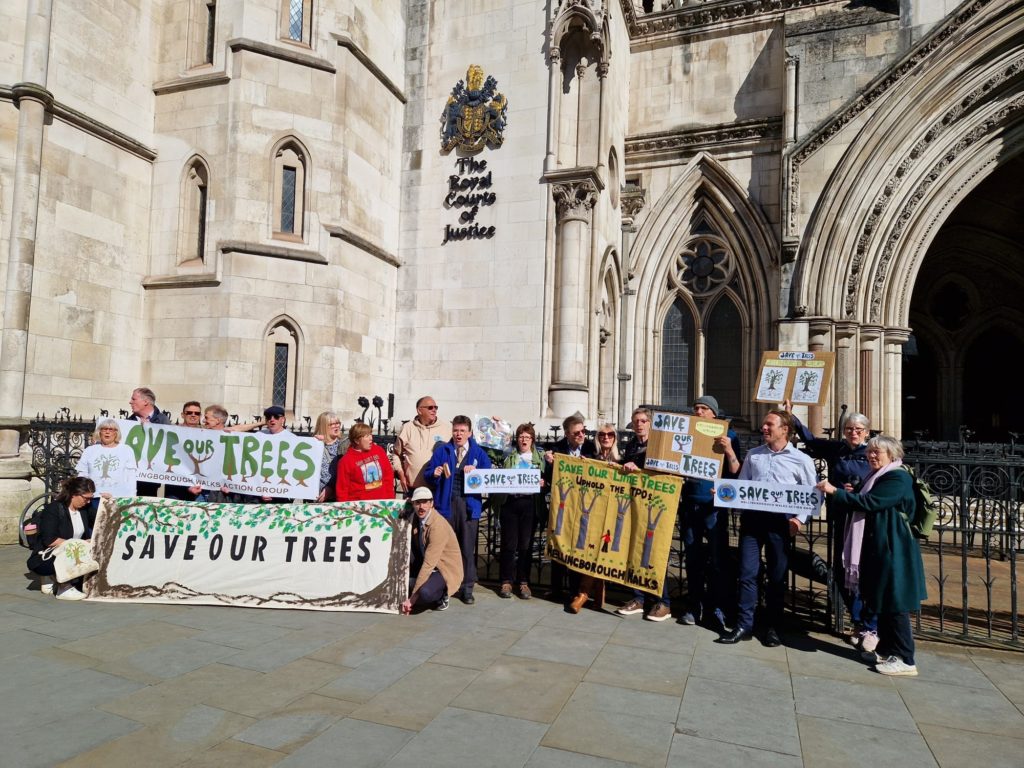R (Wellingborough Walks Action Group) v North Northamptonshire Council & Stanton Cross Developments LLP [2024] EWHC 1225 (Admin)
The High Court has confirmed that the tree preservation regime and planning regime must work hand in hand and that developers relying on the planning permission exception to the tree preservation regime do not have free rein.
This is welcome news for environmental campaigners, particularly those in Wellingborough and members of WWAG, some of whom were arrested and cautioned by the Police for protecting the beloved ‘Walks’, an historic boulevard of lime trees.
Dan Kolinsky KC, sitting as a deputy High Court judge, clarified that, “[t]o the extent that the planning permission can be carried out in a way which does not necessitate the loss of trees, then the exception will not be available”. In other words, the requirement for any felling to be ‘necessary’ to implement a planning permission (regulation 14 of the Town and Country Planning (Tree Preservation)(England) Regulations 2012), is a strict one.
The judgment also confirms that all relevant planning conditions must be discharged before the exception can be relied upon. This is not only correct in law it is also pragmatic, given that it may assist in determining whether it is indeed ‘reasonably possible’ to save further trees.
This judgment should act as a reminder to local authorities, including NNC, that they have a vital role to play in safeguarding protected trees and must scrutinise closely developers’ claims that trees need to be felled, when in fact it is simply expedient to do so.
While no enforcement has taken place against the developer for the unlawful felling of 16 protected trees, the Court recognised the gravity of the developer’s actions in ordering the Interested Party to contribute to the Claimant’s costs.
The judgment of the High Court is available at: https://caselaw.nationalarchives.gov.uk/ewhc/admin/2024/1225
Alice Goodenough of Goodenough Ring Solicitors acted for WWAG instructing Will Upton KC of Six Pump Court Chambers.


